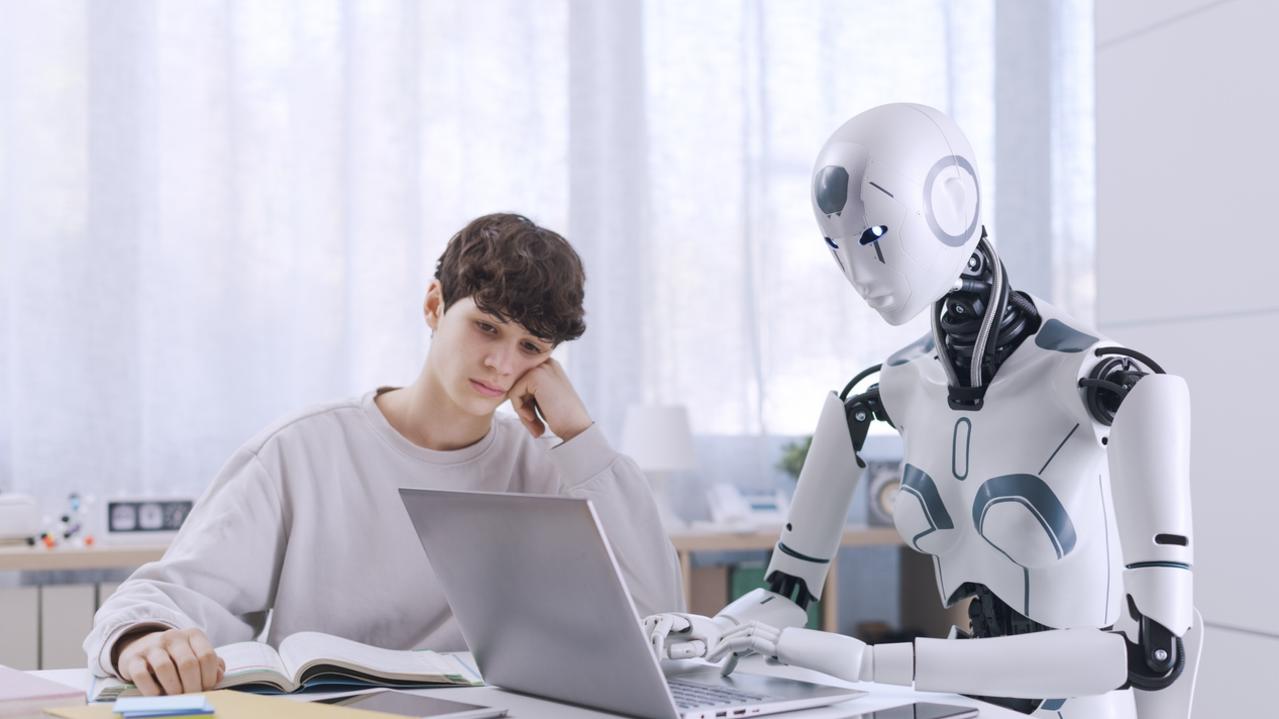
Can AI Replace Human Teachers?
The world of education is rapidly changing, and the role of teachers is being challenged by the rise of artificial intelligence (AI) and robotic educators. While AI offers the promise of enhanced learning experiences, personalized education, and more efficient teaching methods, the question remains: can AI replace the human touch that teachers provide in classrooms around the world?
Let’s dive into this exciting debate between traditional teachers and AI robot teachers.
The Power of Human Teachers
Human teachers have always been the backbone of education. They don’t just impart knowledge; they inspire, motivate, and guide students through the ups and downs of academic life. Here’s what makes human teachers so irreplaceable:
Teachers have the ability to recognize when a student is struggling emotionally or academically. They can provide support, encouragement, and empathy—qualities that are vital for a student's personal development. Whether it's giving a student a word of encouragement or offering a comforting presence, teachers understand human emotions and respond accordingly.
Every student learns differently. Some students might struggle with a specific topic while others excel. Teachers can adapt their teaching methods to suit each student’s needs. They can change lesson plans, offer personalized feedback, and engage students in ways that are effective for each learner.
Teachers foster a classroom environment where students are encouraged to ask questions, challenge ideas, and think critically. While AI can provide answers, it lacks the ability to truly engage students in discussions, encourage creativity, or help develop problem-solving skills in real-world scenarios.
The bond between a teacher and student is one of the most important aspects of education. Teachers mentor students and provide guidance on both academic and personal issues. These relationships create a sense of community in the classroom and play a major role in a student's academic success.

The Rise of AI Robot Teachers
On the other hand, AI robot teachers are gradually making their way into classrooms and online education platforms. These robots are powered by sophisticated algorithms, machine learning, and data analytics, offering a new way to learn and teach. Here’s how AI is making an impact:
AI can analyze vast amounts of student data to tailor lessons and materials to suit each student’s individual needs. For example, if a student struggles with a particular subject, the AI can adjust the curriculum to provide extra support or alternative learning methods, all while tracking progress in real-time.
Unlike human teachers who need breaks and have limited working hours, AI robots are always available. Students can access AI-powered learning tools anytime, anywhere. This ensures that learners who need extra help can get it, even outside of regular school hours.
AI can automate administrative tasks such as grading, scheduling, and monitoring student progress, freeing up time for teachers to focus on more meaningful interactions. Furthermore, AI provides consistent feedback to students without biases, ensuring that every student is treated equally.
One of the most significant advantages of AI is its scalability. A single AI teacher can teach thousands of students at once, something that would be impossible for a human teacher. This is particularly useful in large, online education platforms where students from all over the world can access the same AI-powered learning experiences.
AI robot teachers are helping bridge the gap in education in remote or underserved areas. They can be deployed in schools that lack sufficient human resources, bringing quality education to regions that might not otherwise have access to skilled teachers.
Can AI Replace Human Teachers?
While AI is undoubtedly revolutionizing education, it’s important to note that it isn’t likely to replace human teachers anytime soon. AI might excel at delivering personalized lessons, grading, and answering simple questions, but it lacks the emotional intelligence, creativity, and personal connection that human teachers provide.
Here are a few reasons why human teachers will remain indispensable:
Empathy and Support: AI can’t provide emotional support or guidance through personal challenges. Human teachers are mentors who inspire, listen, and support students in ways that a robot simply cannot.
Classroom Dynamics: Human teachers are skilled at managing classroom dynamics, maintaining discipline, and fostering a positive, collaborative environment that encourages social and emotional development. AI might not be able to navigate these complex interpersonal situations.
Creativity and Innovation: Teachers constantly adapt their teaching methods, bringing new ideas, projects, and experiences into the classroom. While AI can certainly assist with lesson delivery, it can’t replicate the creative spark that teachers bring to education.
A Hybrid Future?
Rather than replacing human teachers, AI and robots are likely to become powerful tools that complement and enhance traditional teaching. A hybrid approach, where AI helps with personalized learning, administrative tasks, and content delivery while human teachers focus on building relationships, fostering critical thinking, and providing emotional support, could be the future of education.
In this new world, AI can assist in creating more efficient and tailored learning experiences, but human teachers will continue to play a central role in shaping the minds and hearts of future generations. Together, they could create an educational system that’s more accessible, personalized, and dynamic than ever before.
The future of teaching isn’t about one replacing the other—it’s about the incredible potential that comes from combining the best of both worlds. And in the end, that could be the greatest lesson of all.


















